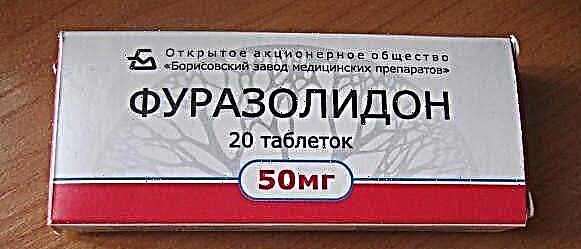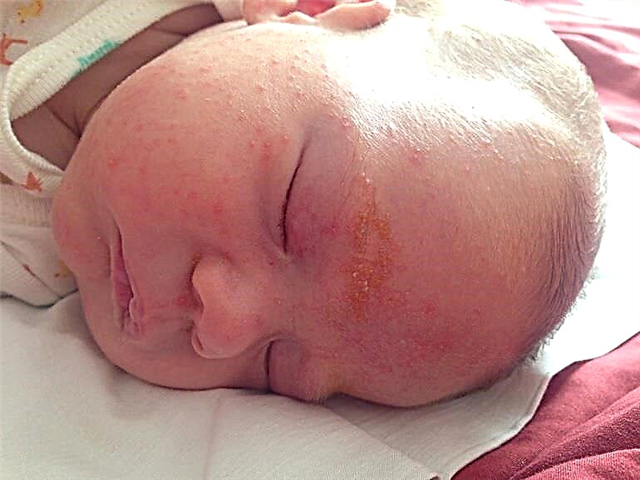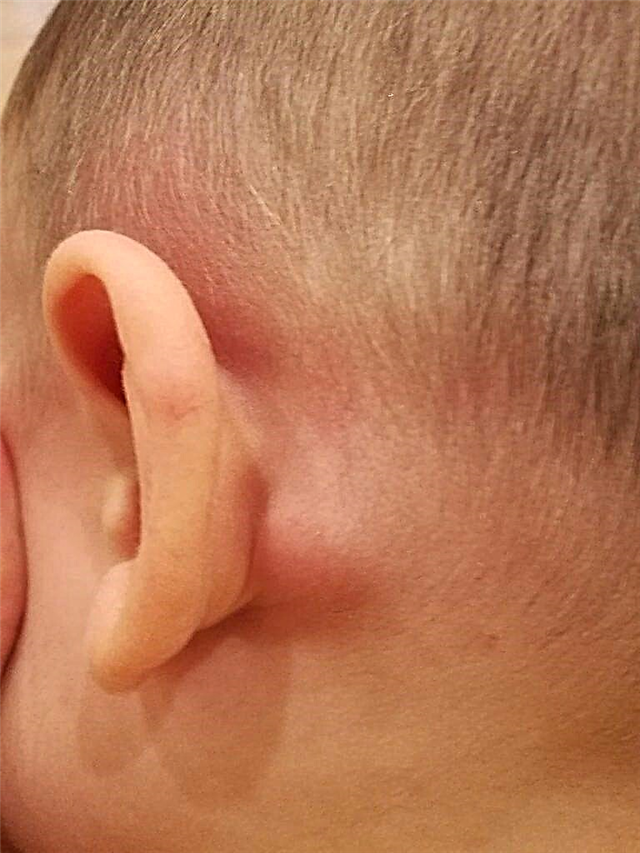The rough, scaly growths on the scalp of a newborn are a concern for new parents, but usually nothing to worry about. Most likely, this is the manifestation of a harmless condition, which many parents call "milk crust". Milky crust ("generic mud") is a popular name for seborrheic dermatitis, or seborrhea. In older children and adults, it is called dandruff.
Milk crusts are extremely common in infants. Many children with this condition do not come to the attention of medical services, so the exact number of cases is unknown. They most often appear in the first or second month of life and usually go away within the next few weeks. Less often, this condition persists for 6 to 9 months or more.
The disease is accompanied by the appearance of dense white and yellow crusts on the scalp. In some children, seborrheic dermatitis occurs on a small area of the head, while in others it covers the entire head. Sometimes milk crusts in babies can even appear on the eyebrows, eyelids, ears, the back of the neck, the crease of the nose, the groin and buttocks, or in the armpits.
Seborrheic dermatitis is not contagious and is not a sign of poor baby care. In most cases, it goes away on its own. For severe or persistent options, your doctor may recommend a medicated shampoo or lotion. Washing your baby's head daily with a mild shampoo will help reduce and remove crusts on the baby's head.
Although it can look quite intimidating, the milky crusts on the head of children are usually not bothersome.
Causes of "generic filth"
 The exact cause of a scab on the head of a newborn is unknown, although some scientists speculate that it is caused by excessive production of sebum in the sebaceous glands and hair follicles.
The exact cause of a scab on the head of a newborn is unknown, although some scientists speculate that it is caused by excessive production of sebum in the sebaceous glands and hair follicles.
A type of fungus called malassezia can grow in sebum along with bacteria. This is another factor in the formation of a crust on a child's head.
Seborrhea most commonly occurs in infants and adolescents. During these periods of a person's life, hormone levels are high, which also plays a role.
Certain factors, such as extreme weather conditions, oily skin, weak immunity, stress and the presence of other skin conditions, increase the likelihood of a child developing seborrhea.
Symptoms
Seborrheic crusts in each child have different shapes and sizes. They can be combined in bundles, scales, or located far apart on the body.
The affected areas have one or more of the following symptoms:
- Thick crust or plaque on the baby's head. It is sometimes found on the ears, eyelids, eyebrows, nose, neck, groin, or armpits.
- Sebaceous spots on the skin, covered with yellow or white scales.
- Infant dandruff.
In very few cases, babies with seborrhea have flaky, itchy, and slightly reddened skin. Some babies even experience hair loss. Although hair tends to grow back after the seborrhea has gone away.
When should you see a doctor?
Usually, seborrheic dermatitis is easy to spot at home by just looking at the crusts.
but consult a doctor if:
- you are processing crusts for the first time;
- your child has crusts where he has no hair;
- you have tried home treatments and all of them have not been successful;
- the skin condition worsens and the rash covers large parts of the torso;
- the rash is causing hair loss or itching;
- the affected skin is hot, red, and swollen to the touch - these are signs of infection;
- your child has a weakened immune system.
How to remove crusts on a baby's head?

there is several ways to get rid of scales:
- Remove scales from a child's head fingers... Your baby's scalp will not be damaged if you use your hands instead of tweezers or other auxiliary tools. This is the easiest and most effective way to get rid of scales and crusts.
- Rub the crusts with your fingersthen gently comb out the scaly dead skin;
- If you do not wish to use your fingers to remove the scabs, put on a pair of thin latex gloves.
Make sure in advance that the baby is not allergic to latex. You can also cover your hands with plastic wrap to avoid touching the scales;
- Do not use tweezers or other stabbing instruments to remove scales, as you can inadvertently damage the skin and deeper tissues of the head, causing injury.
- Wash your child's hair daily... Using warm bath water, rinse your baby's head and massage gently with your fingers. The water will help soften the crusts. Then you can comb them out easily.
While the head of the crumbs is wet, use a soft brush for this purpose.
How to remove the crust on the baby's head if regular shampoo does not help?
Ask your doctor about non-prescription medicated shampoos or anti-dandruff shampoos. These products contain ingredients (zinc, salicylic acid, ketoconazole, and selenium) to help treat dryness and flaking. Separate, stronger forms of these remedies require a prescription.
If you are using this or that medicated shampoo, rub it a little into your child's scalp and leave it on for a couple of minutes. Then wash off the shampoo and repeat the procedure one more time.
You may need to do this every day or twice a week. But after the skin condition is under control, you only need to use the medicated shampoo once a month.
How to remove seborrheic crusts on the head using oil?
If the milk crusts on the baby's head do not decrease, you can use baby or almond oil:
- Pour a small amount of oil onto your fingertips and rub gently into your scalp. Make small circular motions with light pressure. Let the oil sit for 15 minutes. It will moisturize the skin and help loosen the scales on the scalp, making it easier to remove.
- Take a soft baby comb and brush your baby's scalp, again using small circular motions. This helps separate the scales from the scalp so they can be easily removed from the hair.
- Wash your child's hair with a mild baby shampoo. Apply shampoo and leave it on your head for a few minutes while you bathe your baby. This allows the shampoo to dilute the oil so that you can easily wash it off your hair later. Rinse off the shampoo thoroughly after washing your hair.

Shampoo that has not been removed well from the scalp can cause dryness and dandruff.
For seborrhea in other parts of the body or severe irritation of the baby's skin, steroid creams with hydrocortisone can be used successfully.
Consult your doctor before using hydrocortisone.
Preventive measures
- Humidify the air in the room.A baby with seborrhea often has other symptoms associated with dry, easily irritated skin.
Use a humidifier in the baby's room to maintain optimal humidity so that baby's skin does not get too dry;
- Moisturize your baby's scalp after washing... Applying a moisturizer while your head is still slightly damp and warm after bathing will help to retain moisture in your skin, preventing dryness and flaking. Apply ointments or lotions specially formulated for the delicate skin of babies.
- Baby food... The crust is sometimes caused by an allergy to formula milk. If your child has red rashes on the face, or has diarrhea and other allergy symptoms in addition to seborrhea, consult a doctor. He will tell you how to switch to a formula that is more suitable for your child.
Seborrheic dermatitis may disappear within a few months and then suddenly appear. But by following the steps above, you can control this.
Article rating:



